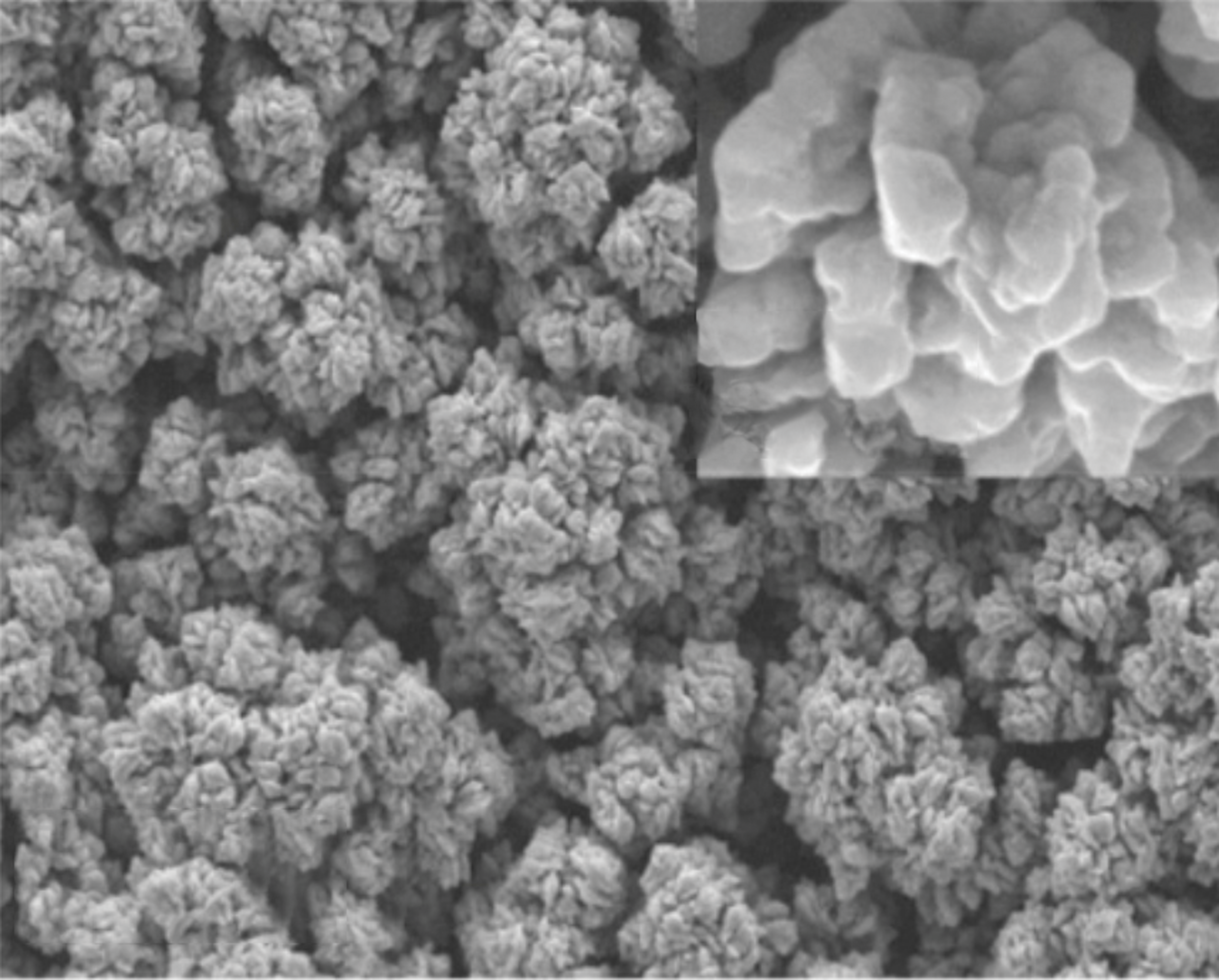Published online by Cambridge University Press: 13 July 2020

Hydrogen production from water electrolysis with renewable energy input has been the focus of tremendous attention, as hydrogen is widely advocated as a clean energy carrier. In order to realize large-scale hydrogen generation from water splitting, it is essential to develop competent and robust electrocatalysts that will substantially decrease the overpotential requirement and improve energy efficiency. Recent advances in electrocatalyst design reveal that interfacial engineering is an effective approach in tuning the adsorption–desorption abilities of key catalytic intermediates on active sites, accelerating electron transfer, and stabilizing the active sites for long-term operation. Consequently, a large number of hybrid electrocatalysts consisting of metal/compound interfaces have been demonstrated to exhibit superior performance for electrocatalytic hydrogen evolution from water. This article highlights examples of these hybrid electrocatalysts, including noble metal and non-noble metal candidates interfaced with a variety of compounds. Specific emphasis is placed on the synthetic methods, reaction mechanisms, and electrocatalytic activities, which are envisioned to inspire the design and development of further improved electrocatalysts for hydrogen evolution from water splitting on an industrial scale.